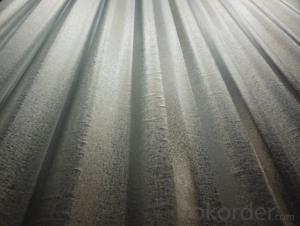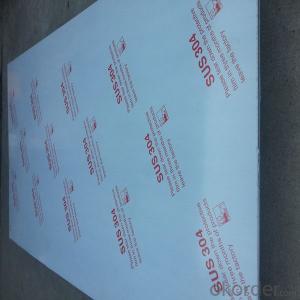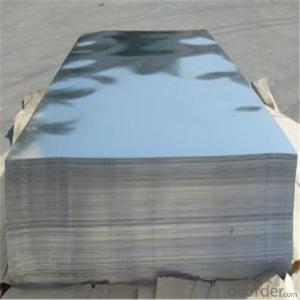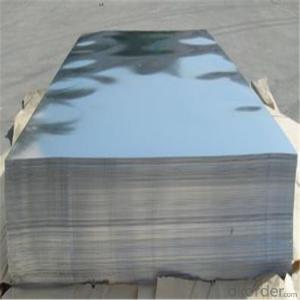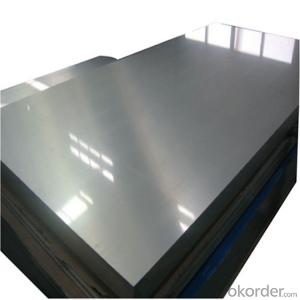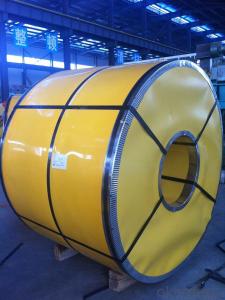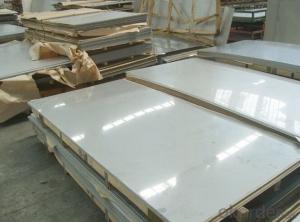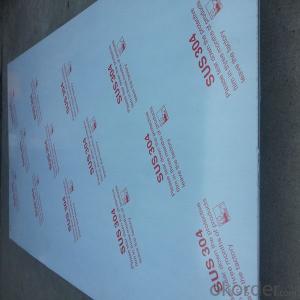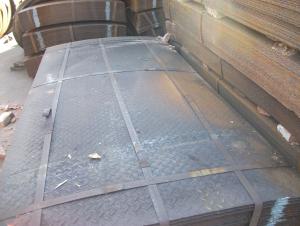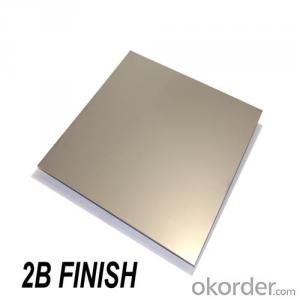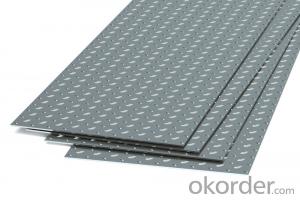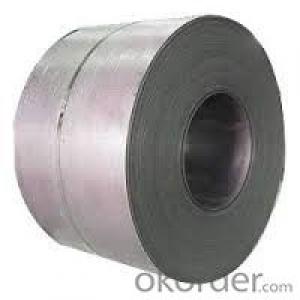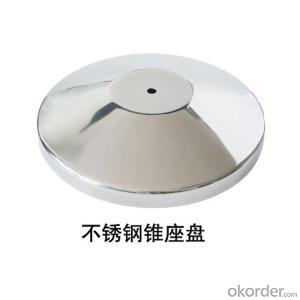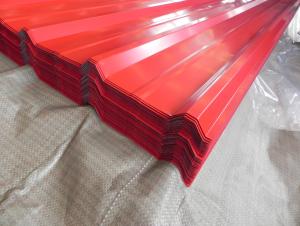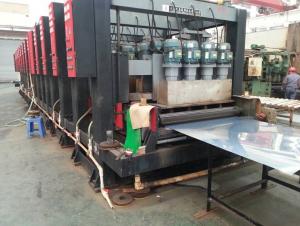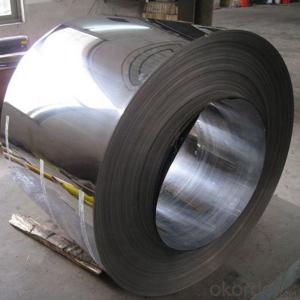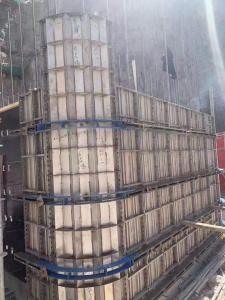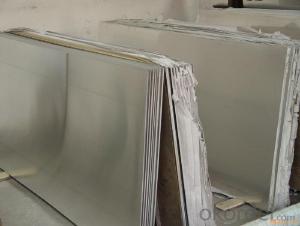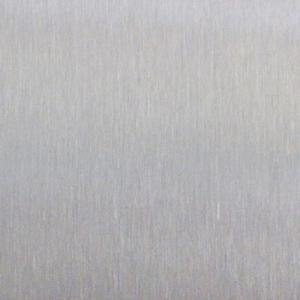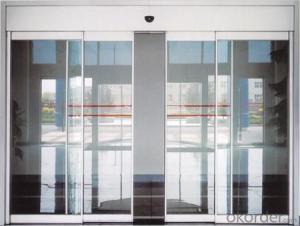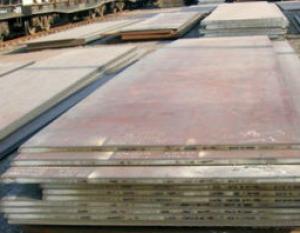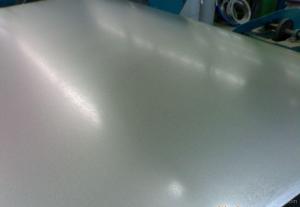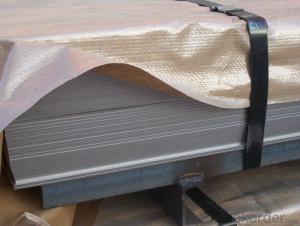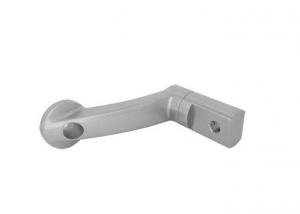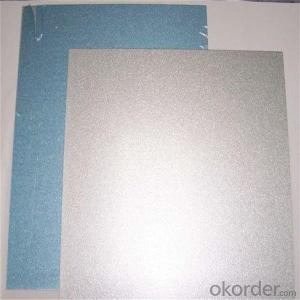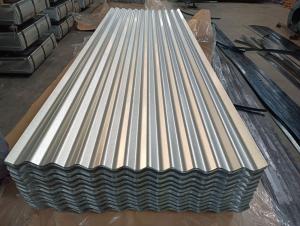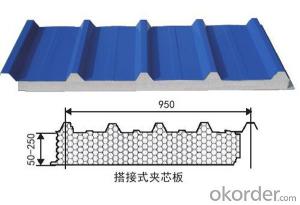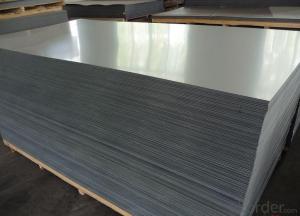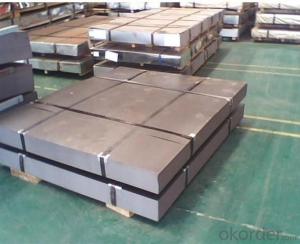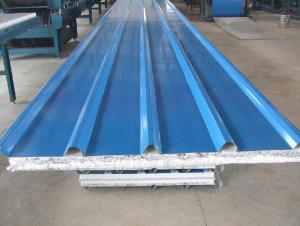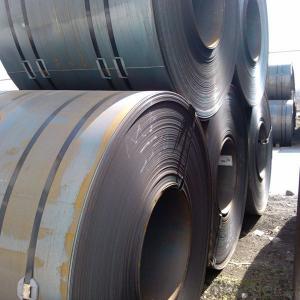Sheet Of Stainless Steel
Sheet Of Stainless Steel Related Searches
Corrugated Aluminum Sheet Perspex Corrugated Roofing Sheet Corrugated Perspex SheetHot Searches
Steel Mesh Panels For Sale Type Of Inverter For Solar Price Of Shipping Containers For Sale Types Of Inverter For Solar Aluminum Bar Stock For Sale Bags Of Cement For Sale Types Of Temporary Side Panels For Cement Deck Cost Of Awnings For Decks Type Of Scaffolding With Pdf Price Of Scrap Stainless Steel Price Of Stainless Steel Scrap Price Of Stainless Steel Galvanized Steel Scrap Price Type Of Stainless Steel Types Of Stainless Steel Grades Types Of Stainless Steel Aluminum Corp Of China Stock Types Of Scaffolding In Construction Pdf Stainless Steel Factory Stainless Steel TypeSheet Of Stainless Steel Supplier & Manufacturer from China
Okorder.com is a professional Sheet Of Stainless Steel supplier & manufacturer, offers integrated one-stop services including real-time quoting and online cargo tracking. We are funded by CNBM Group, a Fortune 500 enterprise and the largest Sheet Of Stainless Steel firm in China.Hot Products
FAQ
- There are several surface treatments available for steel sheets to enhance their appearance. Some common methods include polishing, brushing, and painting. Polishing involves using abrasive materials to create a smooth and shiny surface. Brushing uses wire brushes to create a textured and matte finish. Painting involves applying a layer of paint to add color and protection to the steel sheet. Additionally, there are also options like galvanizing, which involves coating the steel with a layer of zinc to prevent corrosion and give it a metallic look.
- The typical thickness tolerance for steel sheets can vary depending on the specific industry and application requirements. However, in general, the standard thickness tolerance for steel sheets is typically around ±0.005 to ±0.010 inches (0.13 to 0.25 mm). This means that the actual thickness of the steel sheet can deviate within this range from the specified nominal thickness. It is important to note that certain industries or applications may have more stringent tolerance requirements, especially when precision is critical. In such cases, the tolerance may be tighter, ranging from ±0.001 to ±0.003 inches (0.025 to 0.076 mm). Additionally, specialized steel products or specific customer requirements may also result in different tolerance specifications. To ensure compliance with the desired thickness tolerance, manufacturers employ strict quality control measures such as precise calibration of equipment, regular inspection of raw materials, and comprehensive testing procedures. This helps to maintain the integrity and reliability of steel sheets for various applications in industries such as automotive, construction, manufacturing, and more.
- Yes, steel sheets are generally resistant to scratching and abrasion due to their high strength and durability. However, the degree of resistance may vary depending on the specific type of steel and the conditions in which it is used.
- Yes, steel sheets can be used for fencing or security purposes. Steel sheets are commonly used in the construction of fences and security barriers due to their strength and durability. They provide a sturdy and secure barrier, making them suitable for high-security areas such as prisons, military installations, and industrial facilities. Additionally, steel sheets can be customized to fit specific fencing needs, offering various designs and heights. The material's resistance to corrosion also ensures long-term protection against the elements, making it a reliable choice for fencing and security applications.
- Yes, steel sheets can be easily joined with adhesive. Adhesive bonding is a commonly used method for joining steel sheets together as it offers numerous advantages. Adhesives provide a strong and durable bond between the sheets, allowing for a seamless connection. They also distribute stress evenly across the joint, reducing the likelihood of failure. In addition, adhesive bonding does not require heat or specialized equipment, making it a cost-effective and efficient solution. However, it is important to select the appropriate adhesive for the specific type of steel and surface preparation is crucial to ensure proper adhesion. Overall, when done correctly, adhesive bonding can effectively join steel sheets together.
- Yes, steel sheets can be used for storage racks or shelves as they provide durability, strength, and stability required for supporting heavy loads.


